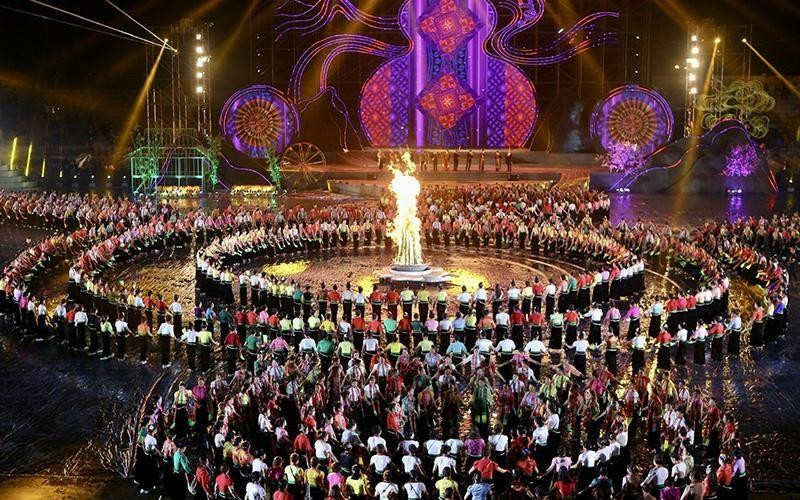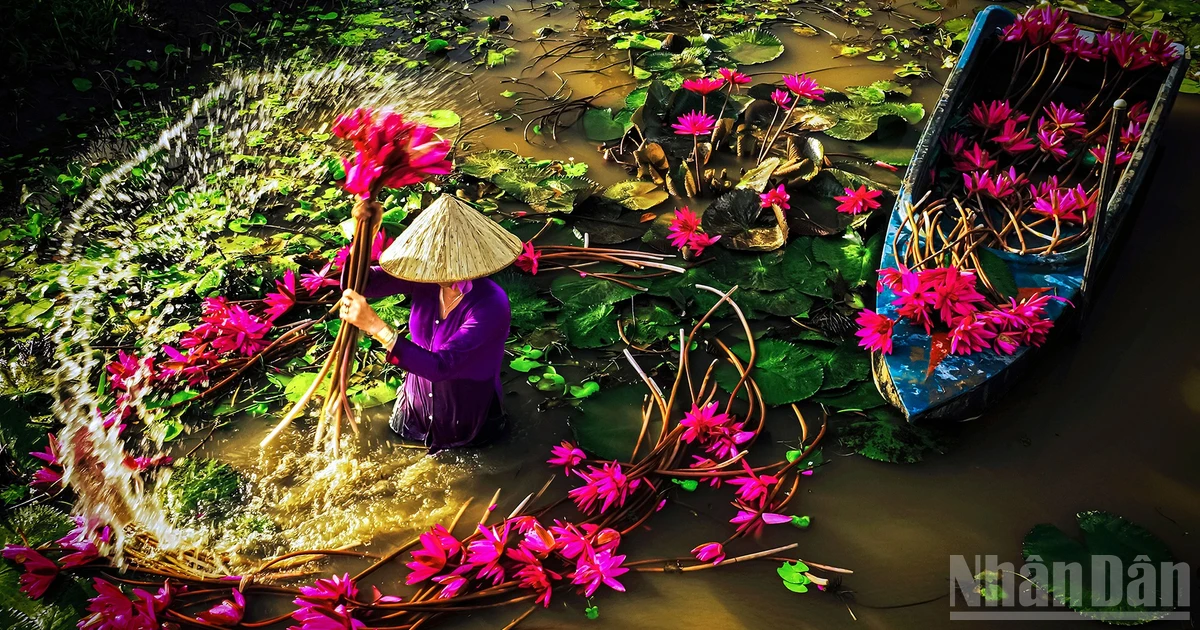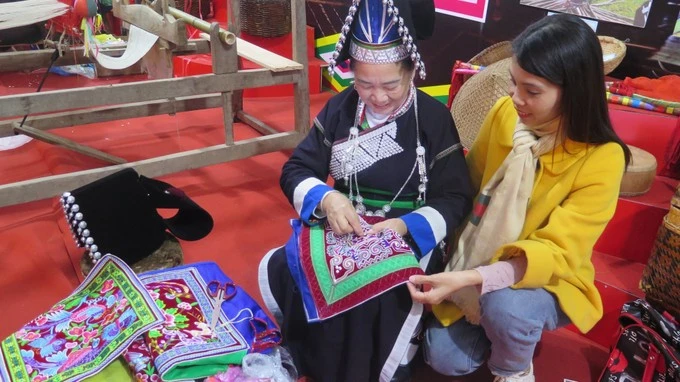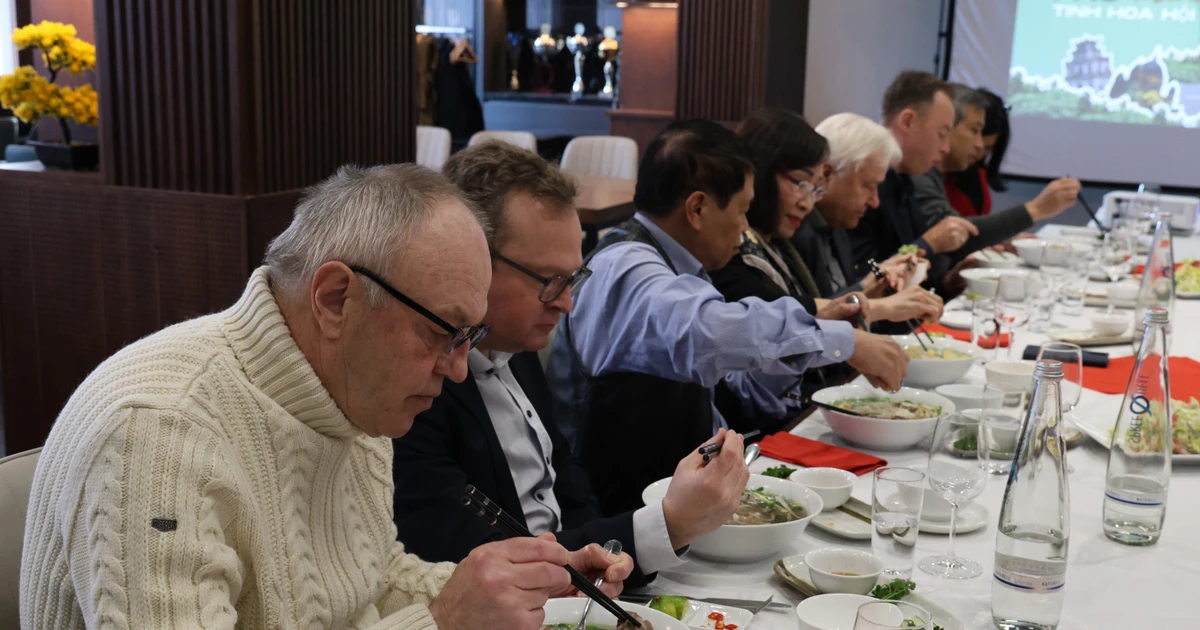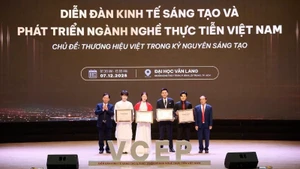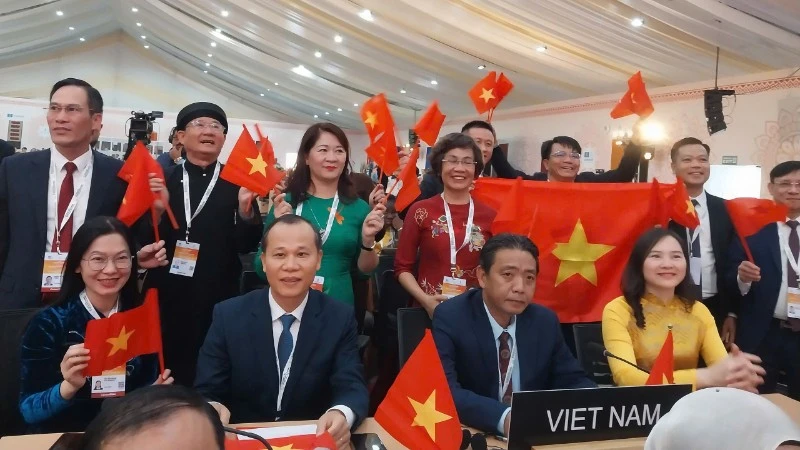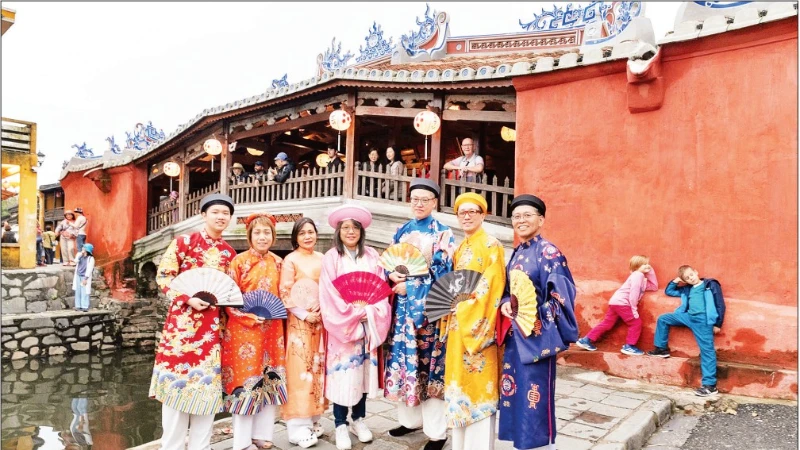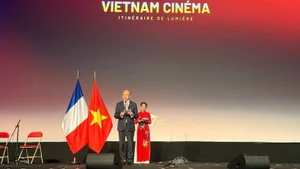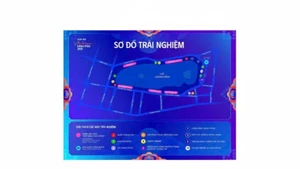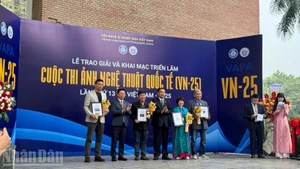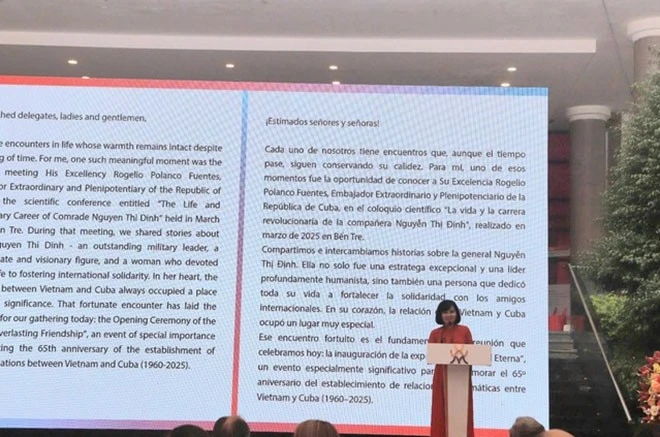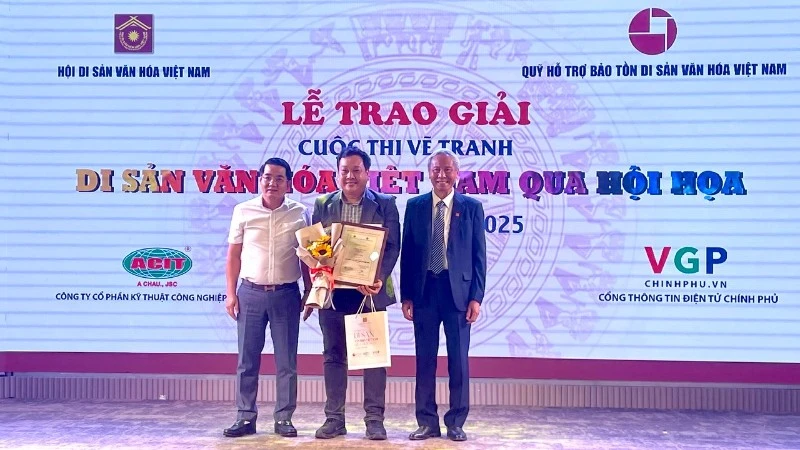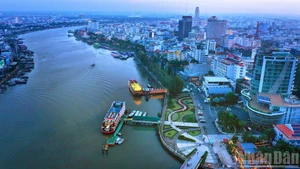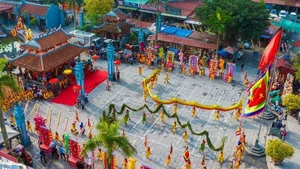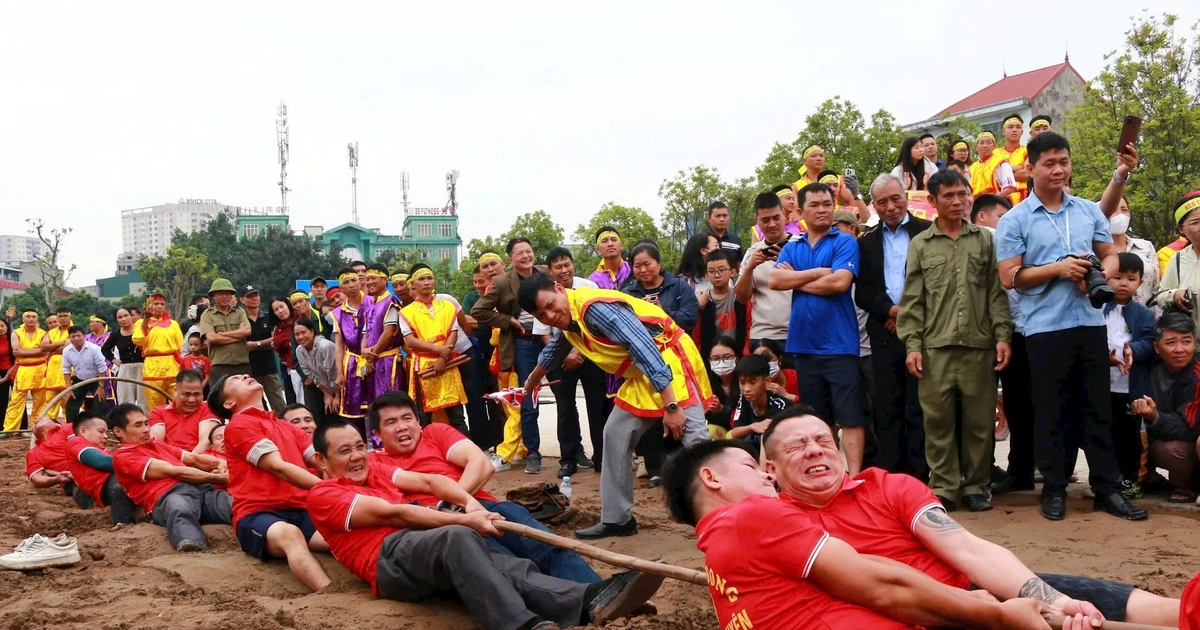UNESCO’s recognition for Xoe Thai dance not only evokes the pride among the Thai ethnic minority group and people around the country, but also affirms the rich and distinctive cultural identity of the Vietnamese ethnic community.
Those who have once visited the villages of Thai Den (Black Thai) and Thai Trang (White Thai) in the Northwest region, especially the centres of Xoedance such as Muong Lo (in Yen Bai Province), Muong So (in Lai Chau), Muong Lay and Dien Bien Phu City (in Dien Bien), and Thuan Chau (in Son La), are probably familiar with this type of dance, which has been attached to the Thai people for many generations.
The link connects the community
No one knows exactly when Xoe dance was formed but it has been passed on for generations and has become an indispensable part of all cultural rituals and community activities of Thai ethnic minority people. All tradition festivals and rituals performed by all villagers and in families are indispensable for the flexible Xoe dances of Thai women in their traditional costumes. The dances have been combined with the sound of traditional musical instruments such as ‘tinh tau’ (gourd lute) and ‘khen’ (pan-pipe) as well as the silver jewellery around their belts.
The origin of the unique folk dance of Thai ethnic minority people is associated with six ancient dances of Xoe Thai including ‘Kham khen’ (holding hands) - the basic dance expressing the spirit of community cohesion, ‘Nhom khan’ (tossing scarfs) showing the ingenuity of Thai young girls' hands, ‘Don hon’ (stepping up and down) conveying a message that people's hearts remain unchanged despite the ups and downs of life, ‘Pha xi’ (an invitation to neighbours to drink rice wine) expressing the feelings of each individual in the community; ‘kham khan moi lau’ showing respect and hospitality, and ‘Om lom top mu’ (clapping hands while walking in a circle) which represents joy and happiness at the end of a celebration.
Xoehas become the life and breath of Thai people in the Northwest region. There are three main types of Xoe – ritual, circle and presentational. Ritual Xoe dances are associated with spiritual rituals and presentational Xoe dances are often named after props used during certain performances such as Xoe khan (dance with scarfs), Xoe non (dance with conical hats), Xoe quat (dance with fans), Xoe sap (dance with bamboo poles), Xoe nhac (dance with music), Xoe gay (dance with sticks), and Xoe hoa (dance with flowers). Circle Xoe dance is the most popular type because it is performed in harmony by dancers who form a circle.
Although its basic movements are quite simple, Xoe has a special attraction for many people, whether young or old, girl or boy, familiar or unfamiliar. Therefore, Xoe is the symbol of the aspiration for health and community harmony.
According to Meritorious Artist and folklore researcher Luong Thi Dai, Xoe Thai is part of the basis for determining the cultural identity of the Thai ethnic group. It is a way of expressing behaviour among people and between people and their living environment that is concretised in body language to reflect the emotions and natural phenomena of life. In addition to reflecting Thai people’s refreshment, sympathy, transmission of knowledge in production and desire to be protected supernatural forces in the fight against natural disasters and enemies, Xoe contains moral lessons with educational significance that upholds the spirit and strength of the community.
Xoe Thai art contributes to preserving and promote the national cultural identity. With its unique humanistic values, Xoe Thai was listed among the intangible cultural heritages of humanity at the 16th session of the UNESCO's Intergovernmental Committee for the Safeguarding of the Intangible Cultural Heritage in France in December 2021. This was an international recognition of Vietnam's diverse cultural heritage treasures, but it also highlights a great responsibility to preserve and promote the value of heritage.
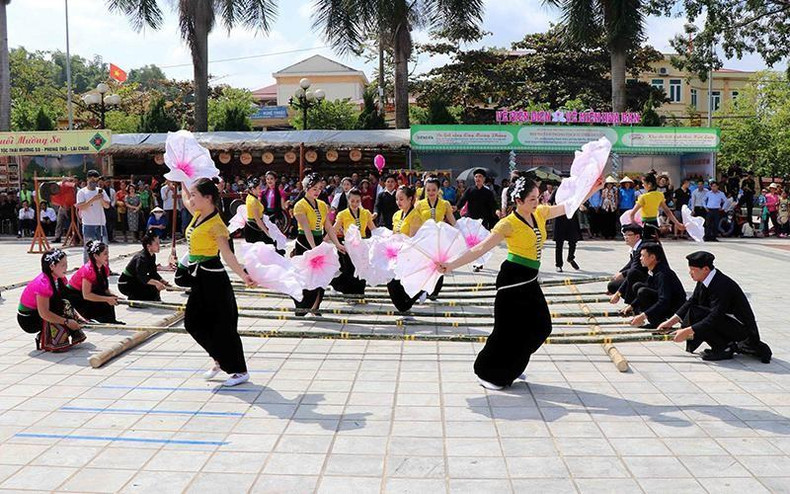 |
| A Xoe quat (dance with fans) performance (Photo: VNA) |
Things to do following the recognition
Over many ups and downs, Xoe Thai has become a link connecting ethnic groups and all visitors to the Northwest region, especially the provinces of Yen Bai, Dien Bien, Lai Chau and Son La. Xoe dances appear in many different cultural spaces including parties, art programmes of local communities, professional stages, competitions, festivals, cultural exchanges, and foreign activities.
However, the preservation and promotion of Xoe Thai values in modern society still face many challenges and difficulties. Prof. Dr. Tu Thi Loan said that the research, collection and documentation of documents, texts, cultural and religious aspects related to this art form in several localities remain limited. Meanwhile, researchers and shamans who can read ancient Thai script are growing increasingly rare. The performance environment for Xoe Thai has been undergoing great changes in terms of space, time, instrument, costumes and dance movements. In addition, Xoe Thai art is still facing the risk of distortion under the trend of “theatricalisation” with great Xoe circles for the purpose of setting records. This is a trend that UNESCO does not encourage because it is not true to the original function nor significance of the heritage.
To properly preserve and spread the value of Xoe Thai art, it is essential to set out a strategic and synchronous solution and action plan. The experts said following the honour, the heritage should be protected in accordance with international conventions. The managers should continue their methodical research, collection and reproduction of ancient Xoe dances while documenting heritage-related information to serve the preservation and dissemination of heritage. Furthermore, it is crucial to make policies to honour and pay attention to artisans who are directly preserving and practicing Xoe Thai to encourage them to continue in their devotion to passing on and spreading love for Xoe to younger generations.
The organisation of training courses on practice of Xoe Thai art should be carried out in parallel with the development of mass art teams such that the community can promote its role as a cultural subject and create the conditions to practice Xoe dance in many different cultural spaces through contests, festivals and community festivals. Localities with heritage need to integrate and bring folk arts, including Xoe Thai, into extracurricular programmes at the local schools.
It is also necessary to have measures to promote the value of the Xoe Thai artform in association with the development of community tourism and turn it into an attractive tourism product to meet the demand for research and cultural experience of visitors to the north-western provinces. This is also a direction to raise the public awareness of preserving the heritage of the community as the owner of the humanistic tourism resource.
In the current context, the appropriate policies and directions are needed to ensure the harmony between economy and culture, the tradition and modernity, and the preservation and development, towards developing tourism into a driving force for the sustainable preservation and promotion of the value of the Xoe Thai artform.
